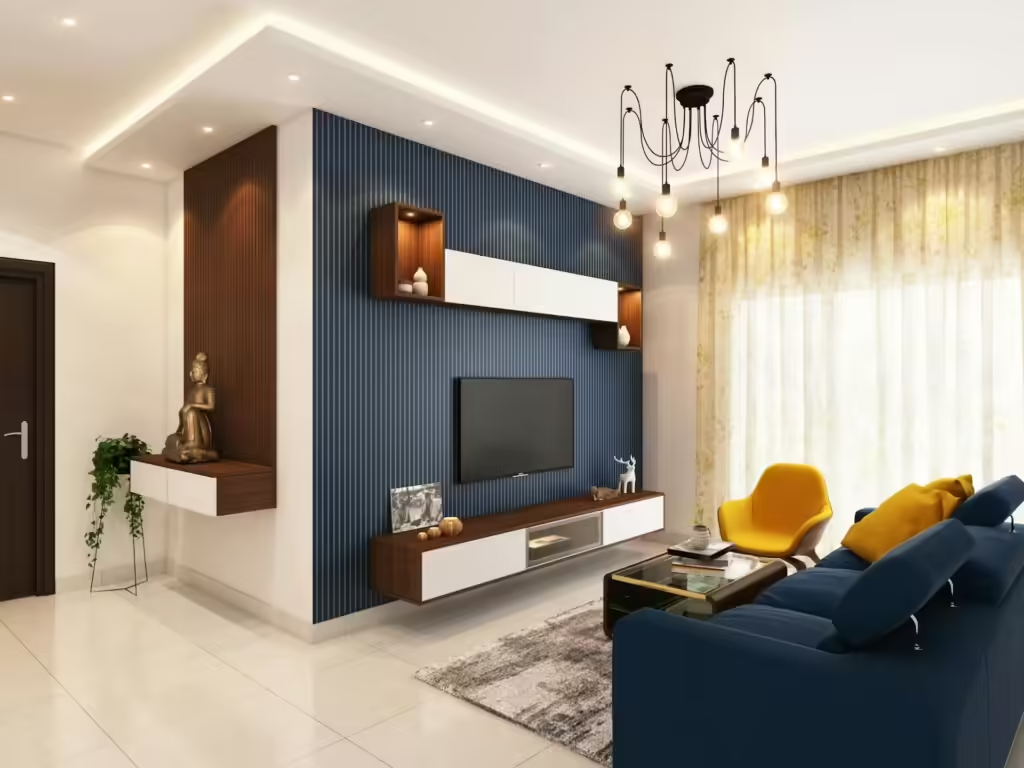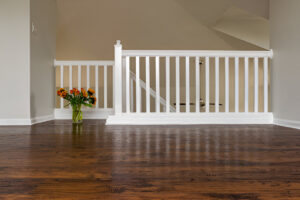Insights from a 14-Year Veteran Interior Designer
Decorating your home is an exciting venture, but it’s easy to make mistakes that can hinder the overall look and feel of your space. According to a seasoned interior designer with 14 years of experience, there are certain decor faux pas that she repeatedly encounters in people’s homes. These common mistakes can disrupt the harmony of your interiors and prevent your home from reaching its full aesthetic potential.
In this article, we’ll delve into the top 10 decor mistakes that this expert designer advises you to avoid. By being mindful of these pitfalls, you can create a space that is not only visually appealing but also functional and comfortable.
1. Ignoring the Importance of Lighting
One of the most significant mistakes homeowners make is underestimating the power of lighting. Lighting can make or break a room’s ambiance. Poor lighting choices, such as relying solely on overhead lights, can create harsh shadows and make a space feel uninviting. Instead, aim to layer your lighting with a mix of ambient, task, and accent lighting. Use floor lamps, table lamps, and wall sconces to create a warm, welcoming atmosphere.
Pro Tip: Consider using dimmer switches to control the light intensity and create different moods depending on the time of day or occasion.
2. Overloading on Trends
It’s tempting to fill your home with the latest decor trends, but doing so can quickly date your space. Trends come and go, and what’s in vogue today may be out of style tomorrow. A home overly reliant on trendy decor can feel impersonal and lack timelessness.
Pro Tip: Focus on incorporating trends in small, easily changeable ways, such as with pillows, throws, or wall art. Stick to classic, enduring pieces for larger, more expensive items like sofas, tables, and cabinetry.
3. Choosing the Wrong Rug Size
Rugs can define a room, but choosing the wrong size can throw off the balance of the entire space. A rug that’s too small can make the room look disjointed, while a rug that’s too large can overwhelm the space.
Pro Tip: In living rooms, ensure that at least the front legs of your furniture sit on the rug. In dining areas, the rug should be large enough to accommodate chairs even when they’re pulled out.
4. Neglecting Functionality for Aesthetics
While it’s essential to have a visually pleasing space, it should not come at the cost of functionality. A beautifully decorated home that isn’t practical for daily living can lead to frustration. Whether it’s a stylish chair that’s uncomfortable to sit on or a coffee table that’s too delicate for everyday use, functionality should never be sacrificed.
Pro Tip: When selecting furniture and decor, consider how you use the space daily. Opt for pieces that marry form and function.
5. Hanging Art at the Wrong Height
Art has the power to elevate a room, but only if it’s displayed correctly. One of the most common mistakes is hanging artwork too high or too low, which can make the room feel off-balance.
Pro Tip: The general rule is to hang art so that the center is at eye level, typically around 57 to 60 inches from the floor. When hanging art above furniture, leave a gap of 4-6 inches between the bottom of the frame and the top of the furniture.
6. Cluttering Every Surface
A cluttered home can feel chaotic and overwhelming. It’s easy to fall into the trap of filling every available surface with decor items, but this can lead to a space that feels cramped and disorganized.
Pro Tip: Embrace minimalism by selecting a few statement pieces to display and keeping the rest of your surfaces clear. This approach allows your decor to shine and your space to breathe.
7. Using Inadequate Window Treatments
Window treatments are often an afterthought, but they play a crucial role in the overall look and feel of a room. Too-short curtains, for example, can make a room feel smaller and less grand.
Pro Tip: Opt for floor-length curtains or shades that fully cover the window. Hanging curtains closer to the ceiling rather than right above the window frame can also create the illusion of height.
8. Ignoring the Scale and Proportion of Furniture
Choosing furniture that’s either too big or too small for a room is a common mistake. Oversized furniture can make a space feel cramped, while undersized pieces can make it feel sparse and unfinished.
Pro Tip: Measure your room and plan your layout before purchasing furniture. Consider the scale of each piece in relation to the room’s size and the other furniture in the space.
9. Overpersonalizing the Space
While it’s important for your home to reflect your personality, overpersonalizing can make it difficult for others to appreciate the space. Too many personal mementos, family photos, or quirky items can turn your home into a shrine rather than a welcoming space.
Pro Tip: Strike a balance by displaying a select few personal items and mixing them with more neutral decor. This creates a space that feels personal yet inviting to others.
10. Failing to Create a Focal Point
Every room needs a focal point, whether it’s a fireplace, a piece of art, or a stunning piece of furniture. Without a focal point, a room can feel directionless and cluttered.
Pro Tip: Identify the natural focal point of each room and design around it. Arrange your furniture and decor to highlight this feature, creating a cohesive and balanced space.
Conclusion
Creating a beautifully decorated home that is both functional and aesthetically pleasing is no small feat. By avoiding these common decor mistakes, you can design a space that is harmonious, inviting, and timeless. Remember, the key to successful home decor is balance—between trends and classics, aesthetics and functionality, and personal style and universal appeal.
Frequently Asked Questions (FAQ)
What is the biggest mistake people make when decorating their homes?
One of the most common mistakes is poor lighting. Many people rely solely on overhead lights, which can create harsh shadows and an uninviting atmosphere. Layered lighting, including task and accent lights, is essential for a warm and welcoming space.
How can I incorporate trends without overdoing it?
To avoid a trend overload, incorporate trendy items in small, easily changeable ways, such as with pillows, throws, or accessories. Stick to classic, timeless pieces for larger furniture and decor items.
Why is the scale of furniture important in interior design?
The scale and proportion of furniture are crucial because they affect the balance and harmony of a room. Furniture that is too large can make a space feel cramped, while too small pieces can leave a room feeling sparse.
How do I choose the right rug size for my living room?
A good rule of thumb is to ensure that at least the front legs of your furniture sit on the rug. This helps to ground the space and create a cohesive look.
What’s the best height to hang artwork?
Artwork should be hung so that the center is at eye level, typically around 57 to 60 inches from the floor. When hanging art above furniture, leave a gap of 4-6 inches between the bottom of the frame and the top of the furniture.








